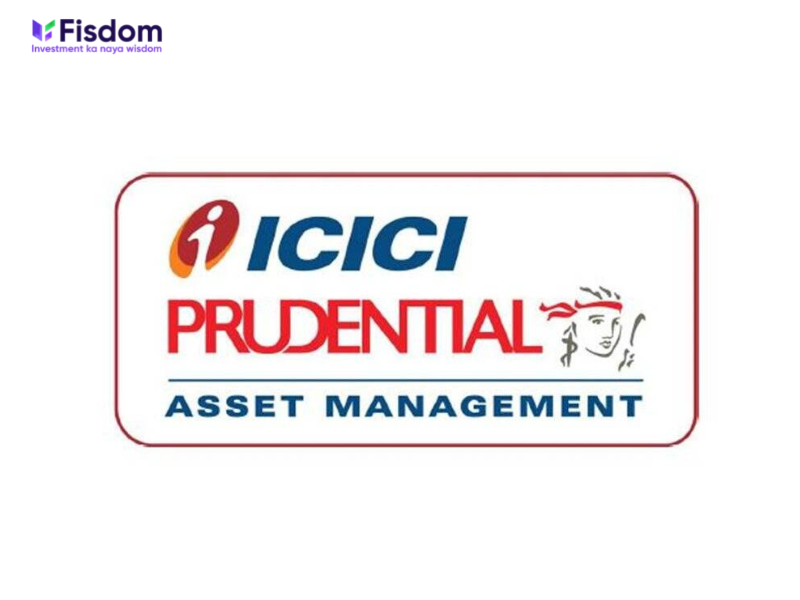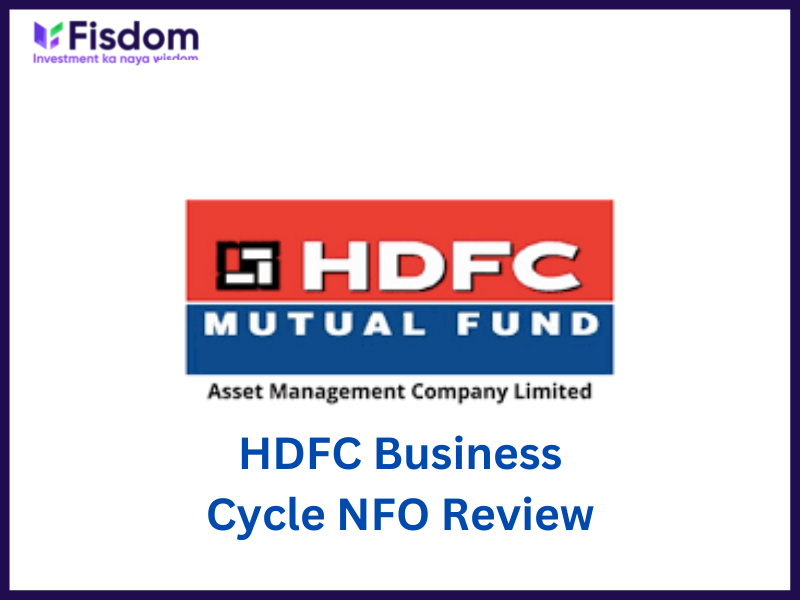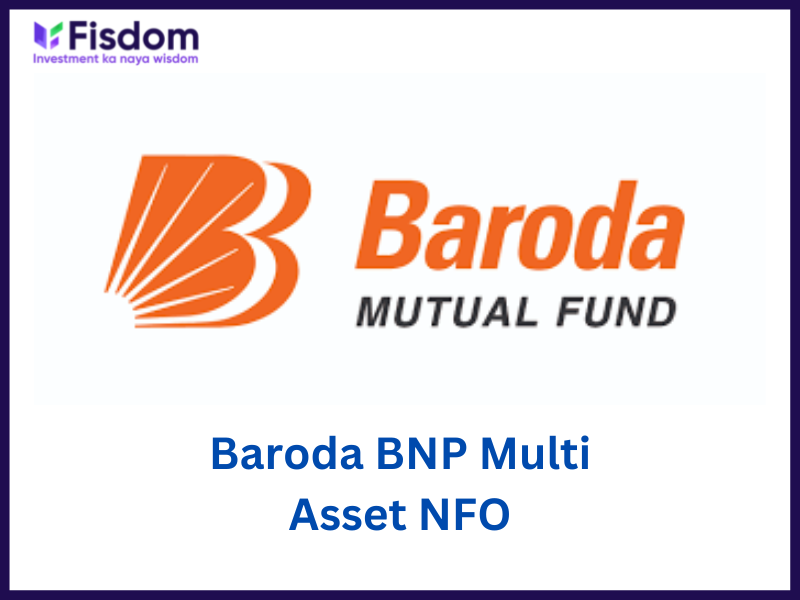
ICICI Prudential Mutual Funds has launched a New Fund Offer (NFO) ICICI Pru Tpt & Logistics Fund belonging to the transportation and logistics sector/ The NFO opens on 6th October and closes on 20th October 2022. The fund will be available for irregular subscription from 25th October 2022.
Investment objective
The investment objective of the fund is to aim for capital appreciation for the investors by investing in equity and equity-related instruments from the transportation and logistics sector as well as in overseas instruments, debt instruments, and money market instruments. However, the fund does not guarantee or provide finite assurances to achieve the objective.
Also Read: Points to keep in mind before investing in NFOs
Reasons for investment
- Diversified portfolio
The investment structure of the fund will be focused on Auto OEMs, Auto ancillaries, and the Logistics sector. Among these sectors, the fund is expected to invest a minimum of 80% to 100% of the fund in equity and equity-related instruments belonging to the core sector of the fund.
The balance is expected to be invested in debt instruments, units of debt mutual funds, and money market instruments as well. The fund also has the option to invest up to 20% of the net assets in ADR/GDR or foreign equity securities making it an extremely diversified portfolio. Investors can therefore benefit from the spreading of risk within the sector as well as benefit iof international investment opportunities.
- Increase in the demand for the sector
The transportation and logistics sector is seeing a recovery in the demand based on various factors like
- a boost in EV sales
- an increase in the international players in the auto sector
- the direct benefit for the auto ancillary sector due to reviving demand for the core auto sector
- demand for logistics due to an increase in e-commerce
- increase in exports
- government initiatives to boost the demand for the sector as a whole in the country.
These factors will help in boosting the overall demand for stocks belonging to this sector benefiting retail and institutional investors
- Support for the government to boost sector demand
The government has been investing heavily in the transportation and logistics sector to boost the infrastructure and the overall demand nationally as well as internationally. These initiatives include various policies like the National Logistics Policy (NLP), Multi Model Logistics Park (MMLP), Production Linked Incentives for the Auto sector, Clean Tech Scheme, FAME (Faster Adoption of Manufacturing of EVs), etc. These government initiatives are expected to set the ball rolling for a bullish view on the transportation and logistics sector making a ripe time to invest in the same.
- Investment approach for the fund
The fund will have a blend of the top-down and bottom-up approaches for investment and have a flexicap bias which will ensure that they can shift their investment based on the available opportunities to meet their objectives.
- Investment horizon
The ideal investment horizon for the fund is a minimum of 5 years as the scheme is expected to follow a buy-and-hold approach in investing. Therefore, it is ideal for investors with long-term investment horizons with moderate to high-risk appetite and the opportunity to align investment in this fund with their long-term goals. .
Performance of benchmark
| Period | Nifty Transportation and Logistics TRI | Nifty Pharma TRI | Nifty IT TRI |
| 3-Year | 27.2% | 20.65% | 22.69% |
| 5-Year | 8.6% | 7.93% | 23.25% |
| Since Inception | 17.3% | 9.4% | 17.83% |
Risks of investment
- Risk of investment in sectoral funds
The primary risk of investing in this fund is the risk of investing in a sector fund. Being a thematic fund in nature, the risk of loss due to a downtrend in the sector is high therefore, it may not be suitable for investors looking for more or less stable returns and low-risk funds.
- Long-term investment horizon
The investment horizon of the fund is approximately 5 years and more which may be ideal for investors looking for short-term gains from the fund.
- Uncertainty of government initiatives
The NLP initiatives and other initiatives by the government for the progress of the transportation and logistics sector are in the nascent stages and therefore have an air of uncertainty. The delay due to political instability, unfavorable government policies, bureaucracy, etc, can delay the groundwork for the policies to achieve the aimed benefits for the sector which can harm the interest of the ultimate investors.
Fund details
| Scheme name | ICICI Pru Tpt & Logistics Fund |
| Type of Scheme | An open-ended scheme investing in equity and equity-related instruments focusing in transport and logistics sector as well as debt and money market instruments |
| Category of the scheme | Sector Fund |
| Benchmark | Nifty Transportation and Logistics TRI |
| Plan and options | Plans – Regular Plan and Direct PlanOptions – Growth option and IDCW |
| Fund Manager | Mr. Harish Bihani, Ms. Sharmila D’Mello (Overseas Investment) |
| Exit Load | 1% if redeemed within 1 monthNIL if redeemed after 1 month |
| Minimum Investment | Lumpsum Mode – Minimum Rs. 5,000 and in multiples of Re. 1/- thereafter and minimum Rs. 1,000 (in multiples of Re. 1/- thereafter) for additional application |
| NFO Period | 6th October 2022 – 20th October 2022 |
How to invest in the ICICI Pru Tpt & Logistics Fund?
Investors can invest in this fund through the Fisdom app.
FAQs
NFO (New Fund Offer) is launched by the Asset Management Companies (AMCs) to generate funds for launching a new mutual fund. These funds are then pooled to buy the shares or other securities as per the fund’s mandate or the guidelines based on which the fund is launched. NFOs are like IPOs where all the relevant details of the funds are provided at the time of their launch and the units of the fund are usually set at Rs. 10 per unit for a subscription. SEBI guidelines allow the NFOs to be active for a maximum period of 30 days following which the units of the fund are traded based on their daily NAV.
NFOs, at the time of their launch, are launched in two categories namely close-ended funds and open-ended funds. The details of each type of fund are mentioned below.
Open-ended funds
The majority of mutual funds are launched as open-ended funds. Investors can subscribe to the fund at the nominal rate (usually Rs. 10 per unit) during the NFO period. After the NFO period, when the units are traded based on the daily NAV, the investors stand to gain huge capital gains depending on the performance of the fund.
Close-ended funds
Close-ended funds, on the other hand, do not allow the investors to subscribe to the fund after the NFO period is closed.
Investing in NFOs is a very good opportunity to maximize the returns as the units can be subscribed at nominal rates and the returns are potentially higher based on the prevailing NAV at the time of redemption. However, there are several points that need to be considered while subscribing to an NFO. Some of such points are highlighted below.
a)Track record of the AMC
NFOs are offered for the new mutual fund so no proven track record can be reviewed by investors to make an informed investment decision. The investors have to therefore rely on the reputation of the AMC and other details mentioned in the NFO to make an investment decision.
b)Expense ratio (if mentioned)
NFOs need a good amount of publicity to make the investors aware of the fund and the investment opportunity. It is therefore essential for the investors to check the expense ratio of the fund and ensure that it does not outweigh the net gains.
c)Check if the fund is in correlation to the existing portfolio
Recently there have been many NFOs in the market that investors can choose from. However, while selecting the fund the investors must check if the fund is not similar to an existing fund in their portfolio. For example, if the fund is a large-cap fund and the investor already has one or two similar funds in their portfolio, investing in another will not add much value to the net returns or the diversification of the portfolio. On the other hand, many NFOs can be sector-specific or country-specific. In such a case, investors have to check if the fund is in line with other factors like their risk-return profile and investment goals.
d)Review the SID carefully
Reviewing the SID (Scheme Information Document) is a crucial step that should not be missed by investors while investing in NFOs. It contains all the relevant information about the fund managers, their qualifications, and experience which is crucial for the funds’ performance. Other relevant information includes the investment profile of the fund, target sectors or securities, benchmark index, asset allocation ratio, etc. This helps the investors understand the returns expectation of the fund as well as the target investments where the fund will invest the pooled funds. Investors having a risk-return profile in line with that of the fund can thus invest in such funds.
Investment in NFOs can be done through two main routes i.e., the online or offline modes. The details of the same are mentioned below.
a)Online mode
The online mode of investment is suitable for investors already having a Demat account and a trading account. Investors can simply select the NFO and invest by selecting the number of units to invest and paying for the same through online payment modes available on the platform.
b)Offline mode
The offline mode of investment in NFOs is through registered brokers and distributors. Investors can contact their brokers and distributors providing them with the details of the amount to be invested and they can invest in the selected NFOs on their behalf. Investors can make hassle-free investments through such modes as all the necessary forms to be filled and the formalities to be met are looked after by these entities giving investors the benefit of ease of investment. The charges for such services are nominal when compared to the potentially high returns.
























